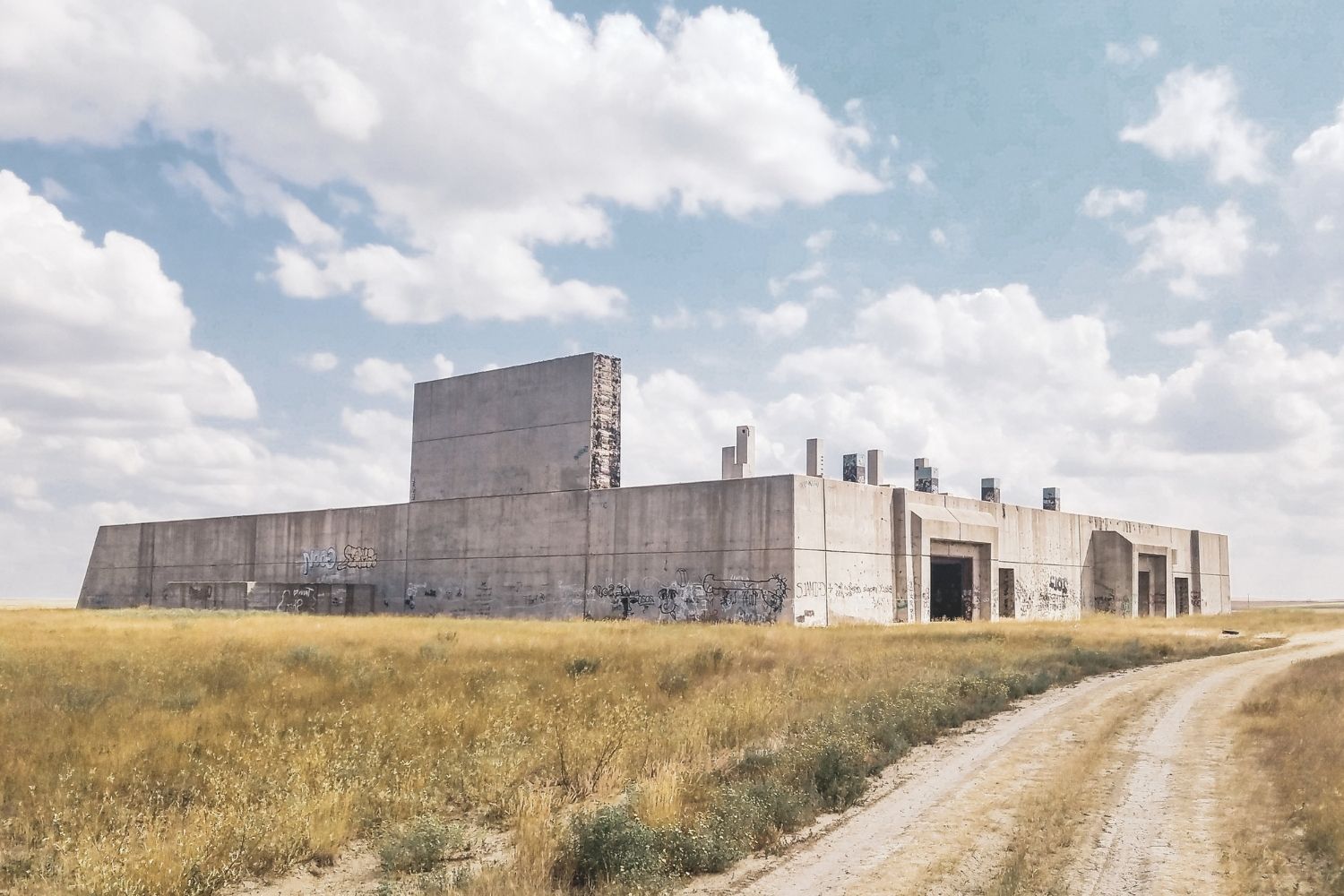Secrets Of Montana’s Fort Benton Military Outposts

Have you ever wondered about the military outposts in Fort Benton, Montana? This small town holds a rich history that dates back to the 19th century. Fort Benton was once a bustling hub for fur traders, explorers, and soldiers. The military outposts played a crucial role in protecting settlers and maintaining order in the region. These forts were strategically placed to guard against potential threats and to support westward expansion. Today, visitors can explore the remnants of these historic sites and imagine what life was like for the soldiers stationed there. Let's dive into the fascinating history of Fort Benton's military outposts.
Fort Benton: A Gateway to the Past
Fort Benton, Montana, holds a treasure trove of history. Once a bustling hub for fur traders, gold seekers, and settlers, this town is home to several military outposts that played crucial roles in shaping the American West. Let's take a closer look at these historic sites.
1. Fort Benton Historic District
The heart of Fort Benton, this district offers a glimpse into the past with its well-preserved buildings and landmarks. Walking through the streets, you'll feel like you've stepped back in time.
- Fort Benton Bridge: This iconic bridge, built in 1888, was the first steel bridge to span the Missouri River. It connected Fort Benton to the rest of Montana, making it a vital transportation link.
- Old Fort Benton: The reconstructed fort stands as a testament to the town's origins. Explore the blockhouses, bastions, and the trading post to understand the life of early settlers and traders.
2. Fort Assinniboine
Located near Havre, Fort Assinniboine was one of the largest military posts in the United States. Established in 1879, it played a significant role in the Indian Wars and the protection of settlers.
- Officer's Row: This area housed the fort's officers and their families. The grand homes reflect the military's importance and the fort's strategic role.
- Guardhouse: The guardhouse offers insights into the daily life of soldiers stationed at the fort. It also served as a jail for unruly soldiers and local troublemakers.
3. Fort Shaw
Fort Shaw, established in 1867, served as a military post and later as an Indian boarding school. It played a pivotal role in the Indian Wars and the assimilation policies of the late 19th century.
- Parade Ground: The central area of the fort where soldiers drilled and paraded. Today, it's a peaceful spot to reflect on the fort's history.
- Fort Shaw Indian School: This school aimed to assimilate Native American children into Euro-American culture. The museum on-site provides a sobering look at this controversial chapter in history.
4. Fort Missoula
Fort Missoula, established in 1877, was built to protect settlers from potential conflicts with Native American tribes. Over the years, it served various purposes, including as an internment camp during World War II.
- Historical Museum at Fort Missoula: This museum offers exhibits on the fort's history, including its role during the Indian Wars and World War II.
- Buffalo Soldiers Barracks: These barracks housed the African American soldiers who served at the fort. Their contributions are a significant part of the fort's legacy.
5. Fort Owen
Fort Owen, located in the Bitterroot Valley, was established in 1850 by Major John Owen. It served as a trading post and a military outpost, playing a crucial role in the region's development.
- Trading Post: The reconstructed trading post offers a glimpse into the life of traders and settlers who passed through the fort.
- Major Owen's House: This historic house, built by Major Owen himself, stands as a testament to his influence in the region.
6. Fort Ellis
Fort Ellis, established in 1867 near Bozeman, was a key military post during the Indian Wars. It provided protection for settlers and served as a base for military expeditions.
- Parade Grounds: The open area where soldiers trained and held ceremonies. It's a great spot to imagine the daily life of the fort's inhabitants.
- Officer's Quarters: These buildings housed the fort's officers and their families. They reflect the military's presence and the fort's strategic importance.
7. Fort Custer
Fort Custer, established in 1877 near Hardin, was named after General George Armstrong Custer. It played a role in the Indian Wars and the protection of settlers in the region.
- Custer Battlefield Museum: Located nearby, this museum offers exhibits on the Battle of the Little Bighorn and the fort's history.
- Fort Custer Cemetery: The final resting place for soldiers who served at the fort. It's a solemn reminder of the sacrifices made during the Indian Wars.
8. Fort Keogh
Fort Keogh, established in 1876 near Miles City, was named after Captain Myles Keogh, who died at the Battle of the Little Bighorn. It served as a major military post during the Indian Wars.
- Keogh Hall: This building served as the fort's headquarters. Today, it houses exhibits on the fort's history and its role in the Indian Wars.
- Fort Keogh Livestock and Range Research Laboratory: The fort's legacy continues with this research facility, which focuses on livestock and range management.
Montana's Fort Benton Military Outposts
Fort Benton’s military outposts offer a unique glimpse into Montana’s rich history. These sites tell stories of frontier life, military strategy, and the interactions between settlers and Native American tribes. Visiting these outposts, you can walk through history, imagining the lives of soldiers and pioneers who once called this place home.
Exploring these historic sites provides a deeper understanding of the challenges and triumphs faced by those who shaped the American West. Whether you’re a history buff or just looking for an interesting day trip, Fort Benton’s military outposts are worth the visit. They stand as a testament to the resilience and determination of early American settlers.
Plan your trip to Fort Benton and step back in time. Experience the history that helped shape Montana and the United States.

